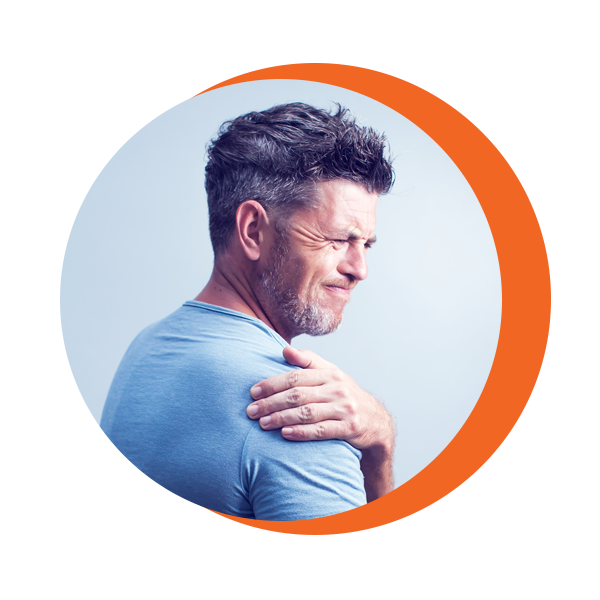Got Shoulder Pain?
This May Be Why
While shoulder pain can affect anyone, athletes who compete in sports with repetitive overhead motions, like tennis, baseball, swimming and volleyball are especially susceptible to shoulder injury. With a complex connection of muscles, ligaments, tendons and nerves, the shoulder offers a wide range of motion and flexibility. While this is great for athletic and daily movement, the shoulder’s increased mobility makes it prone to a variety of injuries and problems with instability.


Shoulder Anatomy
The shoulder is a ball-and-socket joint with intricate structures that can cause pain if they don’t function properly.
- Rotator cuff: collection of muscles and tendons that surround the shoulder, enabling a vast range of motion
- Bursa: small sac of fluid that protects the rotator cuff’s tendons
- Labrum: cup of cartilage that encircles the humerus to help keep the “ball” part of the joint in place
Physical Therapy Treatments for Shoulder Pain
Fortunately, physical therapy may reduce many of the symptoms associated with shoulder pain. Whether you are an elite athlete or a weekend warrior, our certified doctors of physical therapy are ready to help you regain mobility and live pain-free.
Fill out the form below and get in contact with us today!

